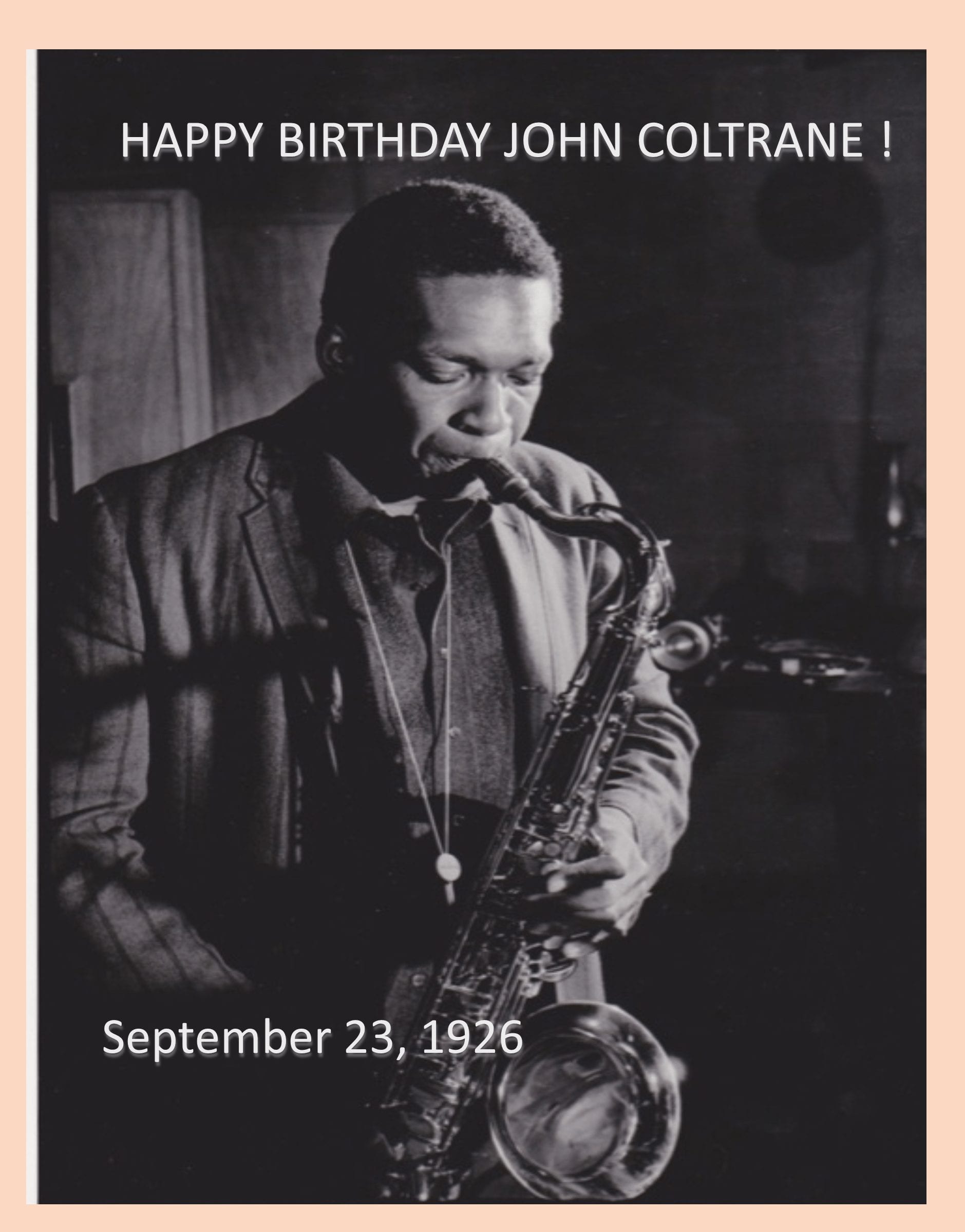September 23, 2017 marks what would have been John William Coltrane’s 91st birthday. A North Carolina native son, Coltrane was born in Hamlet and raised in High Point where he first learned to play an instrument. His life, recordings, and compositions continue to set the example and influence scores of musicians in just about every genre. The John Coltrane International Jazz and Blues Festival was created as a vehicle to celebrate his life, but also one that serves to keep present his name, music and achievements in the contemporary music dialogue. In that spirit, here are some facts about John Coltrane that you may not know. The information comes from John Coltrane.com, the Official Website
- In 1972, A LOVE SUPREME was certified gold by the Recording Industry Association of America (RIAA) for exceeding 500,000 units [in sales] in Japan. This classic and the classic album MY FAVORITE THINGS were certified gold in the United States in 2001.
- In 1982, the RIAA posthumously awarded John Coltrane a Grammy Award for “Best Jazz Solo Performance” for the work on his album BYE BYE BLACKBIRD. In 1997, he received the organizations highest honor, the Lifetime Achievement Award.
- In 1995, John Coltrane was honored by the United States Postal Service with a commemorative postage stamp. Issued as part of the musicians and composers series, this collectors item remains in circulation.
- In 1999, Universal Studios and its recording division MCA Records recognized John Coltrane’s influence on cinema by naming a street on the Universal Studios lot in his honor.
- In 2001, The National Endowment for the Arts (NEA) and the RIAA released 360 songs of the Century . Among them was John Coltrane’s “My Favorite Things.”
- In 2007, the Pulitzer Prize Board awarded a posthumous Special Citation to legendary jazz composer John Coltrane for his lifetime of innovated and influential work. The citation lauds Coltrane for “his masterful improvisation, supreme musicianship and iconic centrality to the history of jazz.”



